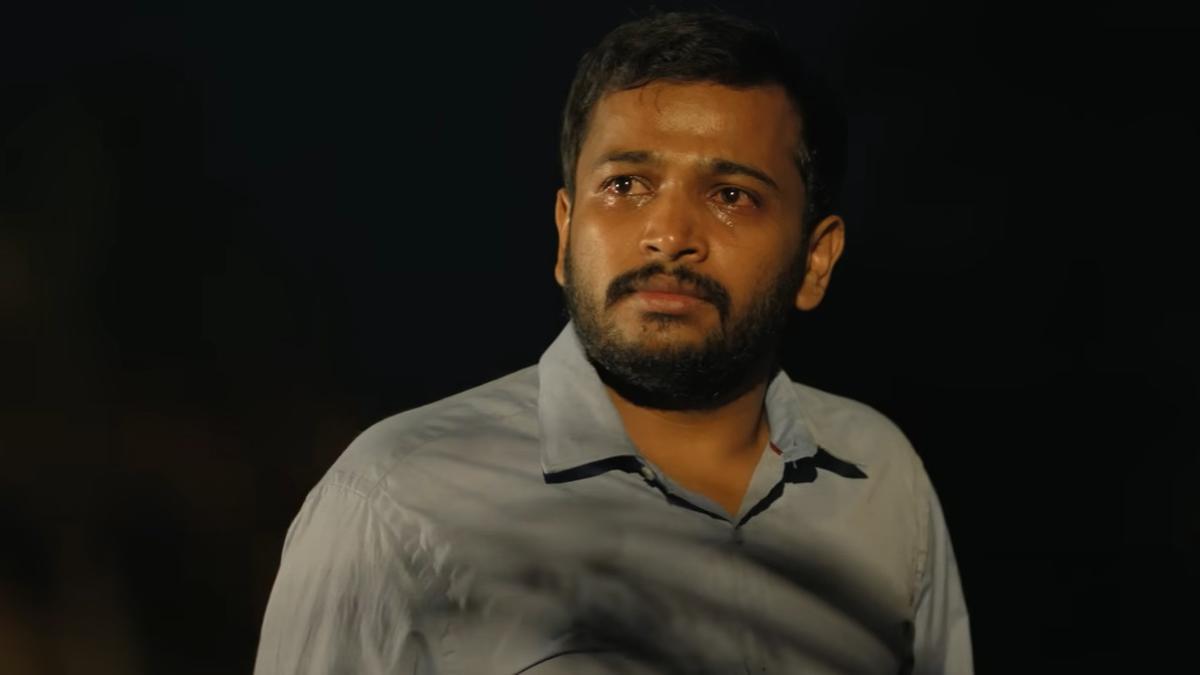
The Kannada film industry faced an ironic twist of fate in the year 2023. Following the monumental success of *KGF: Chapter 1* back in 2018, the industry was cautioned by a local film publication that its triumph could act as a double-edged sword. Their premonition became a stark reality when R Chandru’s *Kabzaa* was universally panned, criticized for being nothing more than a hollow imitation of *KGF*. Even Prashanth Neel, the visionary behind the original *KGF* sagas, was not spared as his film *Salaar: Part 1 – Ceasefire* faced similar flak for bearing the ghost of past glories.
The enigma of *KGF* had lured many Kannada filmmakers into dreaming of pan-India success and hefty box office returns. Alas, the realm of cinema is an elusive one, and Darshan’s *Kranti* stood testament to the notion that chasing trends does not guarantee success. Nevertheless, Darshan’s *Kaatera* chose a different path and lit up the theatres on its debut, steering clear from the pitfalls of projecting it as a film for a national audience without proper substance.
Darshan himself, a firm believer in dedicating his craft to the native Kannada-speaking populace, openly reaffirmed his stand. During a press meet, he confidently put forth, “I don’t fear competition from other industries. Why should we hesitate to release our films in Kannada in Karnataka?” His confidence echoed the sentiments of the region’s film aficionados who yearned not for the grandiosity of pan-India narratives but for tales deeply rooted in Kannna da culture.
Senior film critic S Shyam Prasad observed, “After *KGF: Chapter 2*, along with *Kantara* and *777 Charlie,* there was a rush to capture the national market. Reality, however, re-educated many about the importance of staying true to local content.” Meanwhile, Akash R Patil, a passionate advocate of Kannada cinema, warned of the perils of indiscriminately following trends: “Newcomers crave the pan-Indian label too early. Building trust with the Kannada audience is crucial before reaching for nationwide appeal,” he advises.
But it wasn’t just the aspiring filmmakers who grappled with the changing tides; the absence of big stars who chased after the allure of pan-India projects left theatre owners in despair. The first half of 2023 was particularly dire, devoid of hits, leading some to point fingers at the scarcity of star-powered films for dwindling audiences. However, movies like Shivarajkumar’s *Ghost* drew people back into theatres, hinting at the potency of relatable content.
Playing to the local crowd saw a boon in the dubbing movement within Karnataka. What began as a restrained campaign burgeoned into a dynamic movement thanks to a voracious demand for Kannada-dubbed films. “The success of the Kannada versions of *Jailer* and *Salaar* which grossed Rs 5 crore is telling of the progress,” notes Ganesh Chethan, a member of the consumer forum Kannada Grahakara Koota.
Interestingly, Mansore, the director of the thought-provoking *19.20.21*, stressed that the box-office fixation was a misleading benchmark for success in the industry. Arguably, this view was validated by boundary-crossing films like *Sapta Sagaradaache Ello* (‘Side A’ and ‘Side B’) and *Hostel Hudugaru Bekagiddare*, which were accepted and even dubbed into multiple languages.
Other films, like *Hondisi Bareyiri* and *Orchestra Mysuru*, might have faltered in traditional venues yet found redemption through streaming services. “I wish more had watched it in theatres,” lamented Ramenahalli Jagannatha, director of *Hondisi Bareyiri*. “It’s essential to market your film with creativity to captivate the audience.”
Amidst the varying fortunes, certain productions like *Tagaru Palya* and *Kaiva* showcased promise but fell short in realizing their full potential. While Pawan Kumar’s foray into Malayalam cinema with *Dhoomam* proved underwhelming, Raj B Shetty’s *Toby* and *Swathi Mutthina Male Haniye* left audiences desiring more.
Yet, it was films such as *Pinki Elli?*, *Aachar & Co*, and *Daredevil Musthafa* that demonstrated how quality writing and unique concepts could enliven the screen. Their stories underscored an obvious yet challenging aspiration: maintaining the newfound prestige of Kannada cinema’s previous year’s success. In the kaleidoscopic world of films, the quest for relevance is as old as the medium itself, and for Kannada cinema, it’s a pursuit that continues with reflection, adaptation, and a keen eye for audience appetites.










